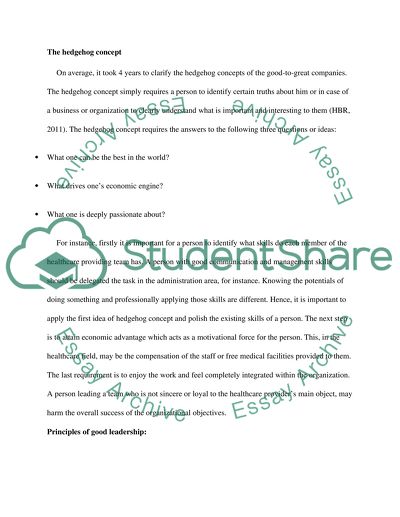Cite this document
(“Leadership & the New Public Health: Analysis of Approaches to Essay”, n.d.)
Retrieved de https://studentshare.org/health-sciences-medicine/1391492-leadership-the-new-public-health
Retrieved de https://studentshare.org/health-sciences-medicine/1391492-leadership-the-new-public-health
(Leadership & The New Public Health: Analysis of Approaches to Essay)
https://studentshare.org/health-sciences-medicine/1391492-leadership-the-new-public-health.
https://studentshare.org/health-sciences-medicine/1391492-leadership-the-new-public-health.
“Leadership & The New Public Health: Analysis of Approaches to Essay”, n.d. https://studentshare.org/health-sciences-medicine/1391492-leadership-the-new-public-health.


